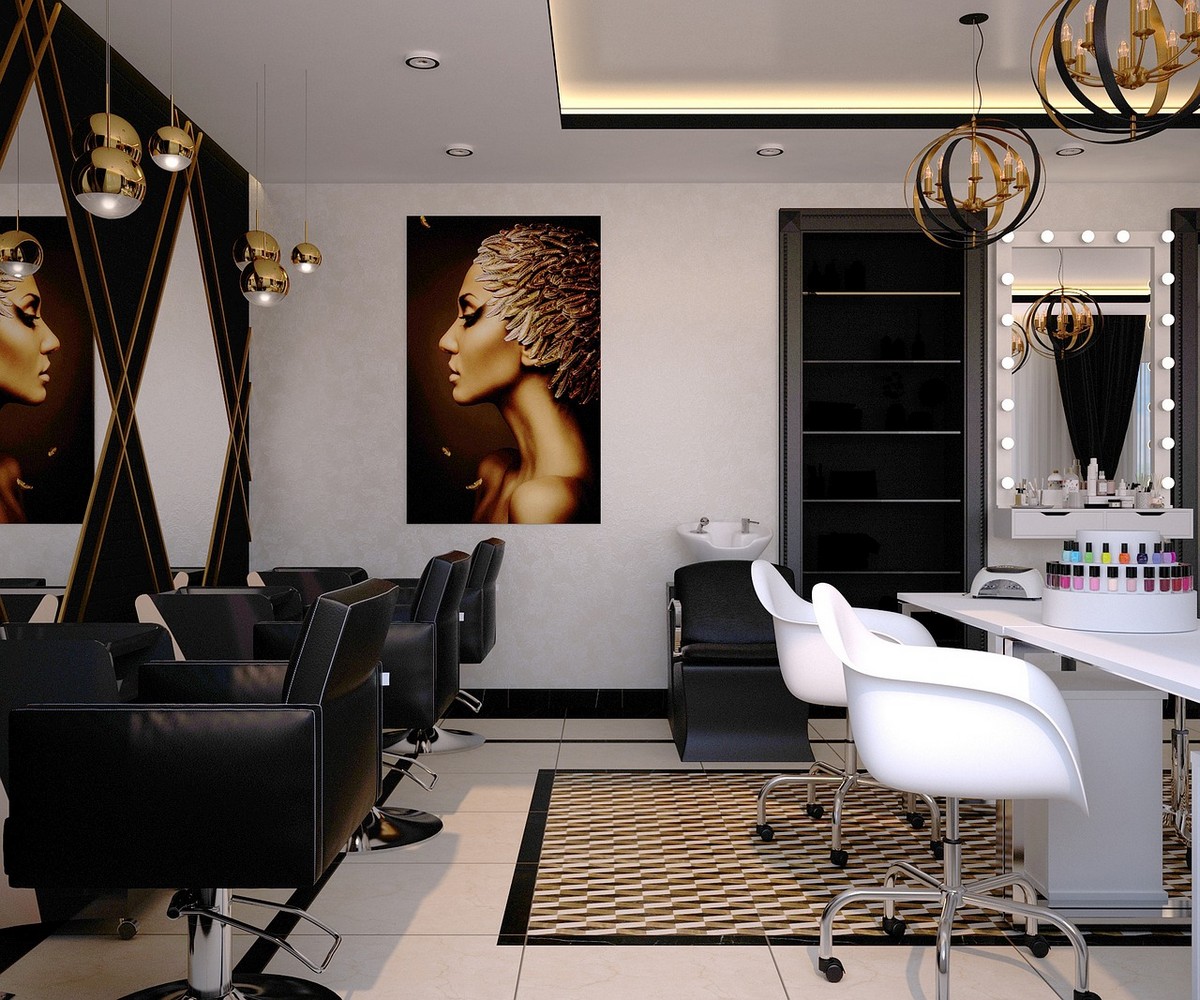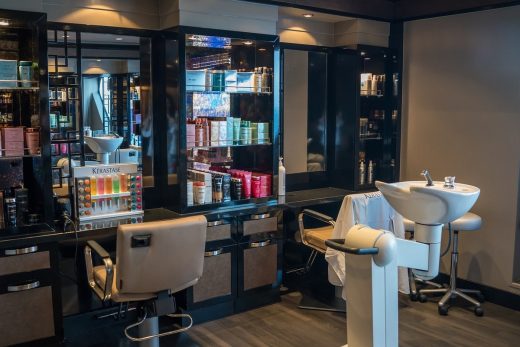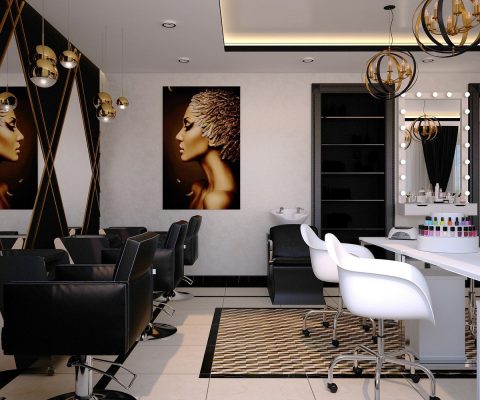Opening a beauty salon startup guide, New Scottish capital buildings designs
Opening a Beauty Salon: A Startup Guide
16 April 2024
Are you dreaming of opening your own beauty salon? This startup guide will help you make that dream a reality! From finding the right location to hiring the best staff, we’ve got you covered. Let’s dive in and get your beauty salon up and running in no time!
Market Research for Your Beauty Salon: A Key to Success
Before opening your beauty salon, it is crucial to conduct market research to ensure its success. Market research helps you understand the commercial potential of your salon and develop the best launch strategy.
- Industry Trends and Competitor Analysis. To conduct effective market research for your beauty salon, you need to study industry trends, analyze competitors, and research the preferences of potential customers. This will help you identify gaps in the market and tailor your services to meet customer demands.
- Case Study: Beauty Industry in China. In China, the beauty and hairdressing industry is booming, with a market size of over US$55.1 billion. With a compound growth rate of 4.6%, the market is expected to exceed US$62.7 billion by 2022. This data highlights the immense potential of the beauty industry.
- Customer Demographics. Research shows that one in four women visit a salon regularly, indicating a high demand for beauty services among women. Men, on the other hand, visit salons less frequently. Understanding the demographics of your target market is key to developing a successful beauty salon.
Beauty Salon Market Type
With 14,000 beauty salons in France, the market is highly competitive. Independent beauty agencies have the advantage of flexibility and personalized service, while branded salons have the benefit of brand recognition and loyalty. Both types of salons cater to a diverse range of clients, from budget-conscious to luxury-seeking individuals.
- Types of Beauty Salons in France. In France, there are mainly two types of beauty salons: independent beauty agencies and beauty salons affiliated with brands. Independent beauty agencies still make up the majority of the market, while beauty salons affiliated with brands account for about one-third of the industry.
- Independent Beauty Agencies. Independent beauty agencies are owned and operated by individuals or small groups of entrepreneurs. These salons often offer a wide range of services, from hair styling to facials and massages. They have the flexibility to choose their own product lines and set their own prices, giving them a unique edge in the market.
- Beauty Salons Affiliated with Brands. On the other hand, beauty salons affiliated with brands are part of larger franchise networks or partnerships with well-known beauty companies. These salons typically offer specific brand products and services, giving them a sense of exclusivity and luxury. While they may have less freedom in terms of pricing and product selection, they benefit from the brand recognition and marketing support.
The Beauty Salon Market: What to Expect in the Future
In the fast-paced beauty industry, trends are constantly evolving. Experts believe that franchised beauty salons will grow in number, while independent salons may decrease. Competition is expected to rise, with more treatment kiosks popping up in department stores, spas, and perfumeries.
- Franchised Salons on the Rise. Franchised beauty establishments are predicted to see a significant increase in the coming years. These businesses offer the advantage of brand recognition and support from a larger corporate entity, making them an attractive option for entrepreneurs looking to enter the industry.
- Decline in Independent Salons. While independent beauty salons have long been a staple in the market, experts foresee a decline in their numbers. This may be due to the increasing competition and challenges faced by smaller businesses in keeping up with the latest trends and technology.
- Competition through Treatment Kiosks. One of the emerging trends in the beauty salon market is the installation of treatment kiosks in various retail outlets. These kiosks offer convenient and quick beauty services to customers on the go, presenting a new challenge for traditional salons to compete with.
- As the beauty salon market continues to evolve, staying ahead of trends and adapting to changes will be crucial for success. Whether you are a salon owner or a customer, keeping an eye on these future trends can help you navigate the ever-changing landscape of the beauty industry.
Navigating the Regulations of Beauty Salons
Running a beauty salon comes with its own set of regulations that must be followed to ensure the safety and well-being of clients. Here are some key aspects of beauty salon regulation to keep in mind:
- Qualifications: To open a beauty salon, it is important to have the necessary qualifications such as a CAP or BEP in the corresponding profession.
- Registration: All beauty salon owners must be registered with the Chamber of Commerce. Self-employed individuals must also be listed in the trade directory or trade and company directory.
- Safety Standards: Like any establishment open to the public, beauty salons must comply with safety standards to ensure the well-being of their clients.
- Specialized Services: There are specific regulations in place for certain services in the beauty industry. For example, only physiotherapists are allowed to provide massage services, and permanent makeup requires specialized training.
- Tanning Regulations: The use of tanning equipment in beauty salons is strictly regulated to ensure the safety of clients.
What’s Your Beauty Salon Concept?
Deciding between opening an independent beauty salon or a branded salon is a major choice to make at the beginning. While a branded salon can provide support and help jump start your business.
- Location Matters. The location of your beauty salon is crucial to its success. A busy street may offer more visibility but come with a higher cost, while a quieter street may be more affordable but require more advertising.
- Take Over an Existing Salon. Taking over an existing beauty salon is another option to consider, as it may provide a head start in terms of clientele and equipment.
- Crafting Your Marketing Plan. Developing a marketing plan for your beauty salon is essential to attract and retain clients. Utilize traditional marketing methods like flyers and newspaper ads.
- Engage on Social Media. Being active on social media platforms can help you reach a younger demographic of women, who are often the target audience for beauty salons.
Key Resources Needed to Open a Beauty Salon
To open a beauty salon, you will need to invest in a variety of resources. Here are some of the key things you will need:
- Manpower: You may need to hire one or more employees to help run your salon. Make sure to hire qualified and competent individuals who can provide excellent service to your customers.
- Material Resources: You will need to purchase equipment such as massage tables, comfortable armchairs, and a variety of cosmetic inventory. These materials are essential for providing a wide range of beauty services to your clients.
- Insurance: It is important to insure your salon against any risks that may arise. This includes insuring your premises, customer reception area, and your activities to protect yourself and your business.
- Financial Management: Consider hiring an accounting professional to help you with financial management tasks such as bookkeeping, payroll calculations, and tax management.
Comments on this guide to Opening a beauty salon startup article are welcome.
Architecture
Rowanbank Gardens, Corstorphine
Rowanbank Gardens Edinburgh Housing
West Town Vision
West Town Edinburgh Property Vision
Comments / photos for the Opening a beauty salon startup guide page welcome.



